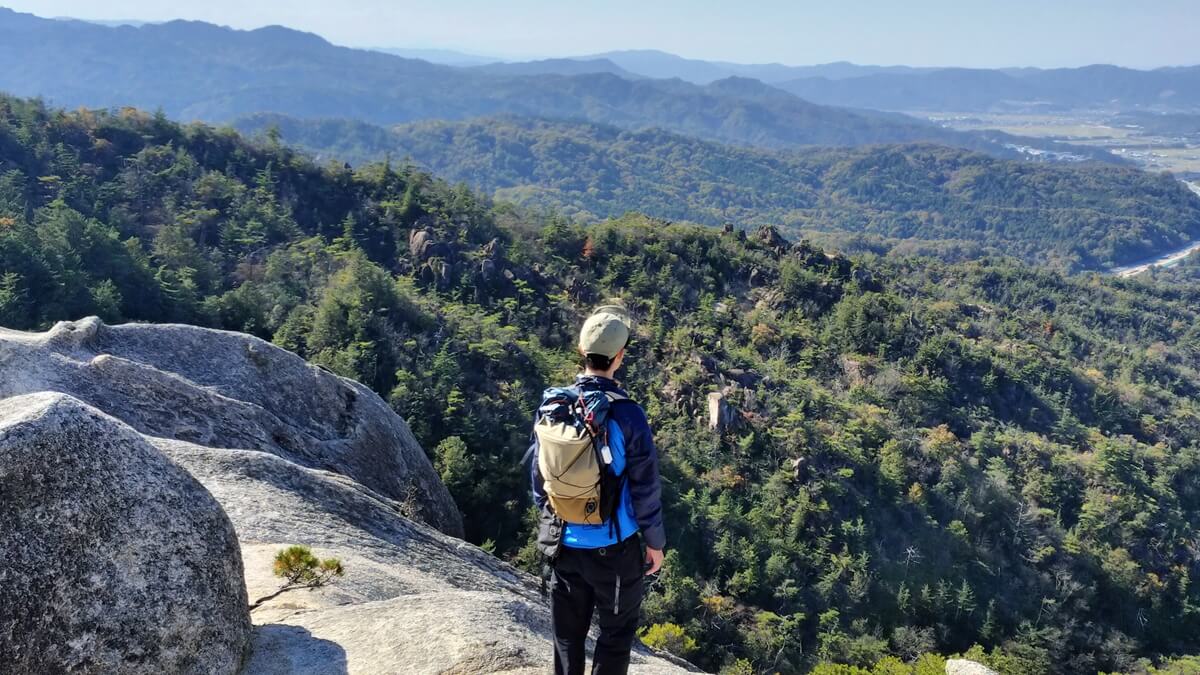
[A self-paying comparison review without consideration] Lightweight active insulation that hits minimalist hikers when compared to actual wear.
I've started discord
Although "active insulation is good"
Active insulation is a hot topic in the streets, with its "movable winter clothes."
These days, many brands have been released, so honestly, are you unsure which one to choose? I was quite worried. for example,
- What padding should I choose? Octa? Polartech Alpha Direct? Primaloft?
- How does the difference between the shell (outer material) change?
- Do you need food? (Food traffic jams are also stressful)
- What is the balance between weight and heat retention?
- Which model is useful for both outerwear and midlers?
And so on. When you buy and use it, it is important to use something that suits your activities so that it doesn't seem to be "it's too hot and overheated" or "it's not as warm as you would expect and it's colder." However, this is extremely difficult and you will never know until you try it. Choosing active insulation is a pain.
In this article, we tested three carefully selected lightweight active insulation pieces for winter hiking purposes and compared them in the actual field, and wrote about impressions of each model and "the model I liked the most." We hope this will be a hint for you when choosing the best active insulation for you.
table of contents
- Three minimalist lightweight active insulation candidates
- Test environment and field test results
- Impressions of each model
- BEST: Recommended for minimalist hikers with just the right amount of warmth, comfort, functionality and overall quality! OMM SuperSonic Smock
- It's easy to ventilate and layer, and is recommended for those who want to finely adjust the temperature! finetrack polygon UL jacket
- Recommended for activities in the real winter and for cold hikers! Teton Bros. Sub Jacket
- Reference: Explanation of main items
- summary
Three minimalist lightweight active insulation candidates
2023-2024 Three items were selected from the autumn/winter active insulation under the following conditions:
- There is an outer material (not too air vent)
- It's not too hot as a behavioural wear
- Weight less than 200g
- No hood due to layering emphasis
Finally, the following three points fit the conditions, including some of the exterior and other personal preferences.
finetrack polygon UL jacket
OMM SuperSonic Smock
Teton Bros. Sub Jacket
The Sub Jacket/Teton Bros. weighs over 200g, but I was very interested in the "stretch Octa" padding so I chose it.
Test environment and field test results
Test environment
The filling and shell are three different, but how are they actually different? Also, what are the features that manufacturers advertise in reality? I conducted a field test and checked any concerns.
- [Period] November to December
- [Mountain area] Mt. Yatsukyogatake (Nara), Kinkatsu Alps (Shiga), Kyoto round trail (Kyoto)
- [Weather] Sunny, cloudy, rain
- [Activity] Fast packing
- [Layering] Wear active insulation on the base layer
The test period from November to December is a period when temperature changes significantly per day. It's hot when you start climbing, but it's a perfect environment for testing as it suddenly gets cold if the cold wind comes out onto the ridge. It uses a fast packing style to move at a relatively fast speed.
Layering is worn with active insulation over the base layer (sleeveless). If it gets hot, remove the active insulation, and if it gets cold, wear a shell (rain jacket) to adjust it.
If you're buying active insulation for the first time, you'd like to buy as versatile gear as possible. It's even lighter and compact. Of these three points, which insulation is more versatile? The test results are as follows:
Field test results
Impressions of each model
BEST: Recommended for minimalist hikers with just the right amount of warmth, comfort, functionality and overall quality! OMM SuperSonic Smock
Ultra-lightweight windproof insulation wear at 188g (actual measurement). The reason for its ultra-lightweight is the combination of PRIMALOFT® NEXT, extremely thin outer material PointZero, pullover and no hood, making it perfect for minimalist hikers.
I really love the fluffy comfort and warmth that comes with the moment I put it on. It doesn't look strange at all when worn on bare skin, and it's extremely comfortable to wear out of the three points.
The size and silhouette are just right for my body type and fits well. It is highly functional, and has many convenient features, such as easy packing, built-in waist belt, and pillow (!), and the simple frobing when you stretch the sleeves. If I walked with the full zipper fully open on a cold day, my stomach would get colder, so I felt that a half zipper would be enough.
However, attaching and removing it can be a hassle. It is especially difficult to put on and take off while wearing the cap. Also, if you wear it quickly, the lining may pop out. There's a trick to putting on the sleeves (it's no problem once you get used to it). There are also differences in preferences regarding the lack of food. Personally, I use shell hoods when it's cold, so I didn't feel any problems without hoods, and in fact there was no hood traffic and it was comfortable.
Recommended layering is "sleeveless + SuperSonic Smock" or "bare skin + SuperSonic Smock". Even when worn on bare skin, PRIMALOFT® NEXT absorbs sweat and spreads it, making this layering recommended for minimalists. I thought I'd take it to the Northern Alps in the summer as a warm-up. In my case, it is 100g lighter.
Machine washable, so maintenance is easy. This active insulation is recommended for minimalists who strip away waste and play two roles with just one tool.

The built-in waist belt is also adjustable in length. The functional beauty of the bare minimum of the adjuster is functional.
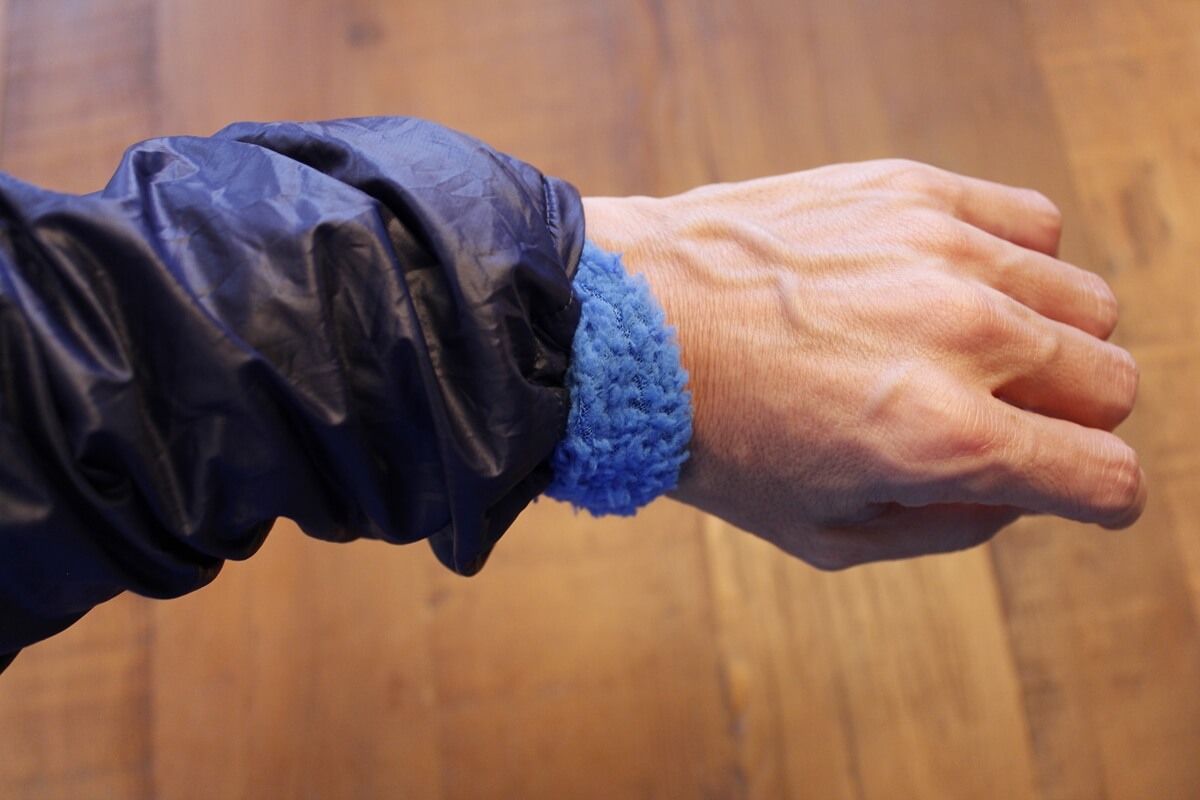
If you wear it quickly, the lining may pop out. There are some tricks to putting on the sleeves (it's no problem once you get used to it).
It's easy to ventilate and layer, and is recommended for those who want to finely adjust the temperature! finetrack polygon UL jacket
These are Finetrack's active heat-retaining clothing that is useful all year round, pursuing moderate heat retention and lightweight (actually measured 183g!). It is compact and can be easily stored in the inner right pocket. The original Fine Polygon® is used as the padding, and is sandwiched between an outer material that allows air to pass through and a lining that can be used to remove sweat. The silhouette is loose of the three, so by using a long T-shirt or hoodie as the base, you can create a wide range of layers. It's highly versatile.
Of the three, it has the lowest heat retention, but it is also difficult to heat up. Link Vent® allows for freezing stuffiness, and fine adjustments can be made with the zipper. However, personally, I was more happy about the area of the Link Vent® in the armpits than in the abdomen. It is highly water-repellent, and does not easily reduce heat retention even when wet, and dries quickly, so you can rest assured even on rainy days.
The lining is a sticky lining that makes you sweat and makes you feel chilly when the temperature drops.
A recommended layering is the "long T-hoodie + polygon UL jacket." You can walk around with Linkvent® and full zipper to keep you dry, and when it's cold, you can wear a base layer hood or another thin intermediate layer to enjoy a comfortable walk in the low mountains in winter. If you have a long T-shirt, you won't be bothered by the feel of the lining.
I thought finetrack's design and color was a waste (sorry!), but the Polygon UL jacket is easy to use, as it offers a variety of colors and silhouettes. Personally, if the base is sleeveless, I wear it at a temperature of 10°C or less, and if the base is long, I wear it at a temperature of 5°C or less. Of course, the washing machine is OK, so maintenance is easy. This active insulation is recommended for those who want to finely adjust the temperature in a wide range of seasons, from early autumn to the actual winter.
Recommended for activities in the real winter and for cold hikers! Teton Bros. Sub Jacket
Using the newly developed Strech Octa, which has an excellent balance between heat retention and moisture control, there are no gaps in functionality, including fine cutting, full zippers, and large pockets. I was struggling to choose the colors that are typical of Teton Bros., and only the colors I liked.
Of the three items, it is the most heavy (actually measured 309g!), and has excellent heat retention. I felt that the expected temperature range and activities were a little different from the other two points. The best feeling of security when you put it on while in the cold outdoors, and the moment you wear it you will feel a comfortable touch and warmth.
The Strech Octa has a stretchy feel, but despite its silhouette, it doesn't feel any tension at all. Also, the silhouette is just right, so it's easy to move around even when wearing a shell, and most of all, it's stylish (different from the conventional Octa).
One thing that bothers me is that it cannot be packed, so it takes up lots of space inside the backpack. Also, for me, enjoying hiking snowy mountains below the forest limit, I felt that the high heat retention was a little over-spec.
This active insulation is recommended for those who enjoy mountains where the temperature is below freezing, those who are cold, and those who like to walk slowly.
Reference: Explanation of main items
Breathable
To evaluate the results, we tested the air from a fan (temperature: 16°C), and found that the wind was good and the order in which it felt like it was clear...
- First place is Sub Jacket, which has a thick fabric that keeps the wind engulfed.
- Second place is SuperSonic Smock
- Finally, a close difference is the polygon UL jacket.
Incidentally, these three items didn't get cold even after hitting the wind from the fan for a few seconds, but the product that uses Octa directly (air mesh 1/2 zip/Mountain Hardwear) was so cold that I couldn't hold back for a second. Of course, there is no shell, but the amount of wind that is completely different.
Thermal insulation
Items that have been clearly different. For reference, I'll also write down the temperature range I'll wear (just a guideline!).
- First place is the thick and heavy Sub Jacket (wears below 5°C)
- Second place is PRIMALOFT® NEXT's SuperSonic Smock (below 8°C) that stores air
- Finally, polygon UL jacket (below 10°C)
Quick drying
We compared the weight after drying in the washing machine and drying outside for 30 minutes (cloud, 20°C, light breeze). Since Sub Jacket is not a washing machine, we compared two points: Polygon UL Jacket and SuperSonic Smock. The test results are...
- Polygon UL jacket is number one. After 30 minutes it was 31g lighter and was almost dry and I was surprised!
- SuperSonic Smock is second place. After 30 minutes it was 25g lighter and held a little water.
Incidentally, after dehydration, I wore a polygon UL jacket and a SuperSonic Smock, and both of them felt a good heat retention.
summary
After field testing three minimal lightweight active insulation, the thing I wanted most this season was OMM's SuperSonic Smock.
The deciding factor (although it may depend on the time of testing) is the balance between heat retention and air freshness. It also made me want to wear and bring it with me again next time, in terms of overall balance, such as comfort, high functionality, and plenty of gimmicks.
However, this time I was the best OMM, but when I carefully compare the other two items, each has its own unique features and appeal, such as Fine Track, which is easy to ventilate and can be worn in a wide range of seasons, and Teton Broth, which is strong at lower temperatures, will likely change depending on the mountain range, season, and activity. We hope this comparison review will be helpful when making your own judgment.
Murakami Haruki
 He has been climbing for five years and two years at UL. He's still a hiker who's still trying to get trial and error. I like long hikes. I love traveling and go out both domestically and internationally. We will focus on what we feel from a beginner's perspective, and will explain it in an easy-to-understand manner so that readers can feel, "Let's go to the mountains again next week!"
He has been climbing for five years and two years at UL. He's still a hiker who's still trying to get trial and error. I like long hikes. I love traveling and go out both domestically and internationally. We will focus on what we feel from a beginner's perspective, and will explain it in an easy-to-understand manner so that readers can feel, "Let's go to the mountains again next week!"



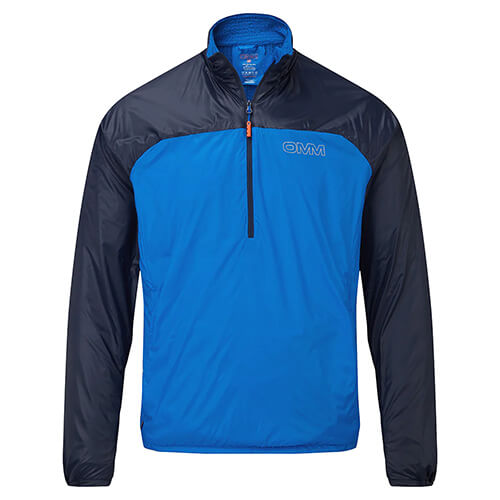
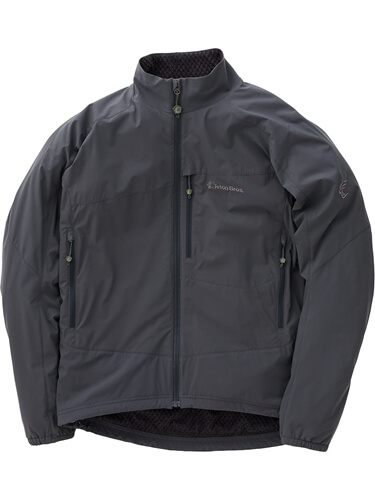
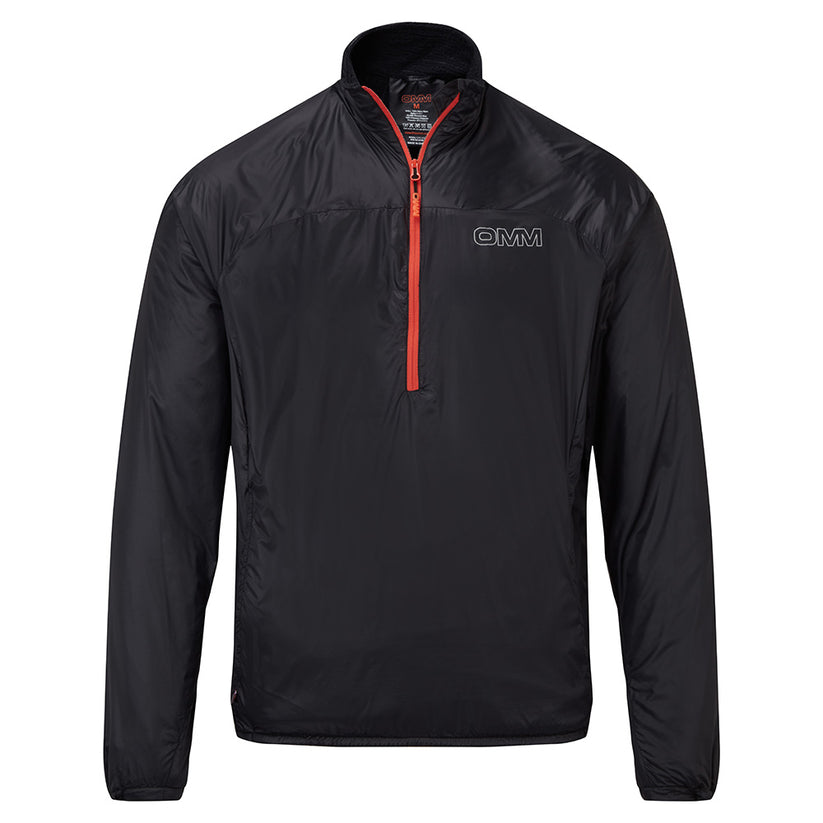
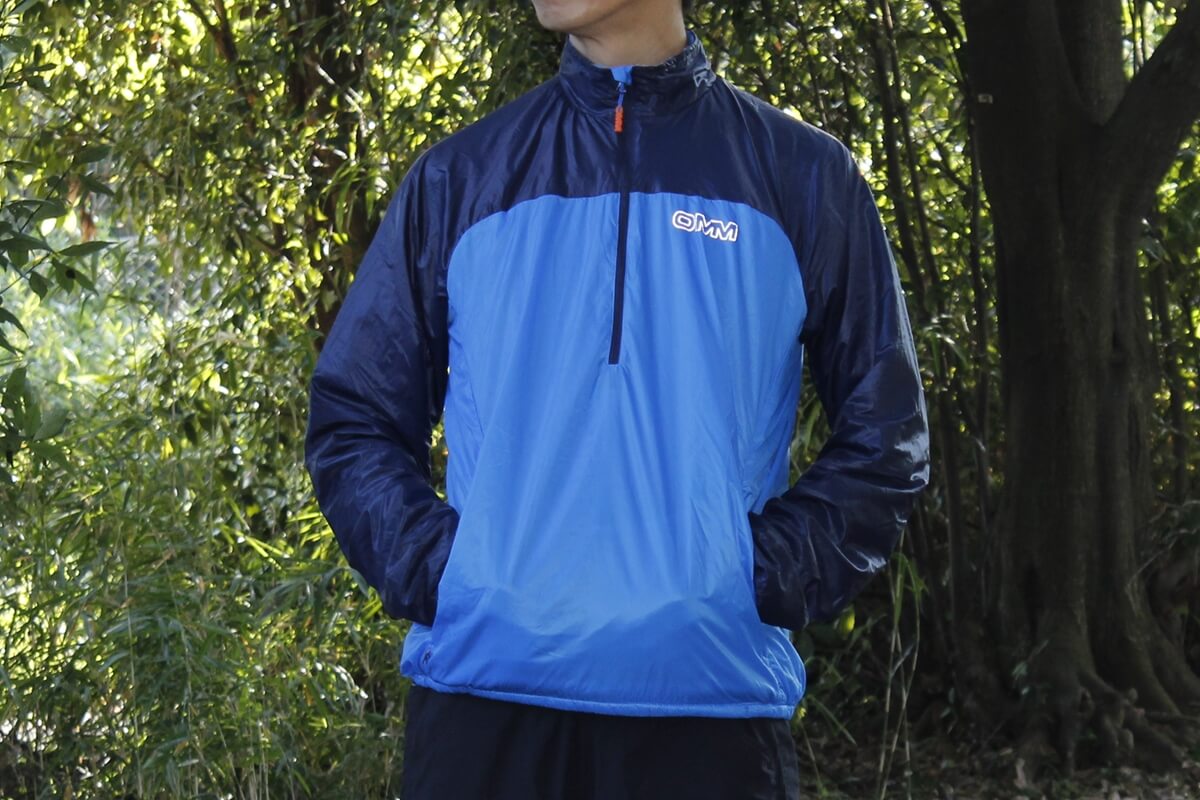
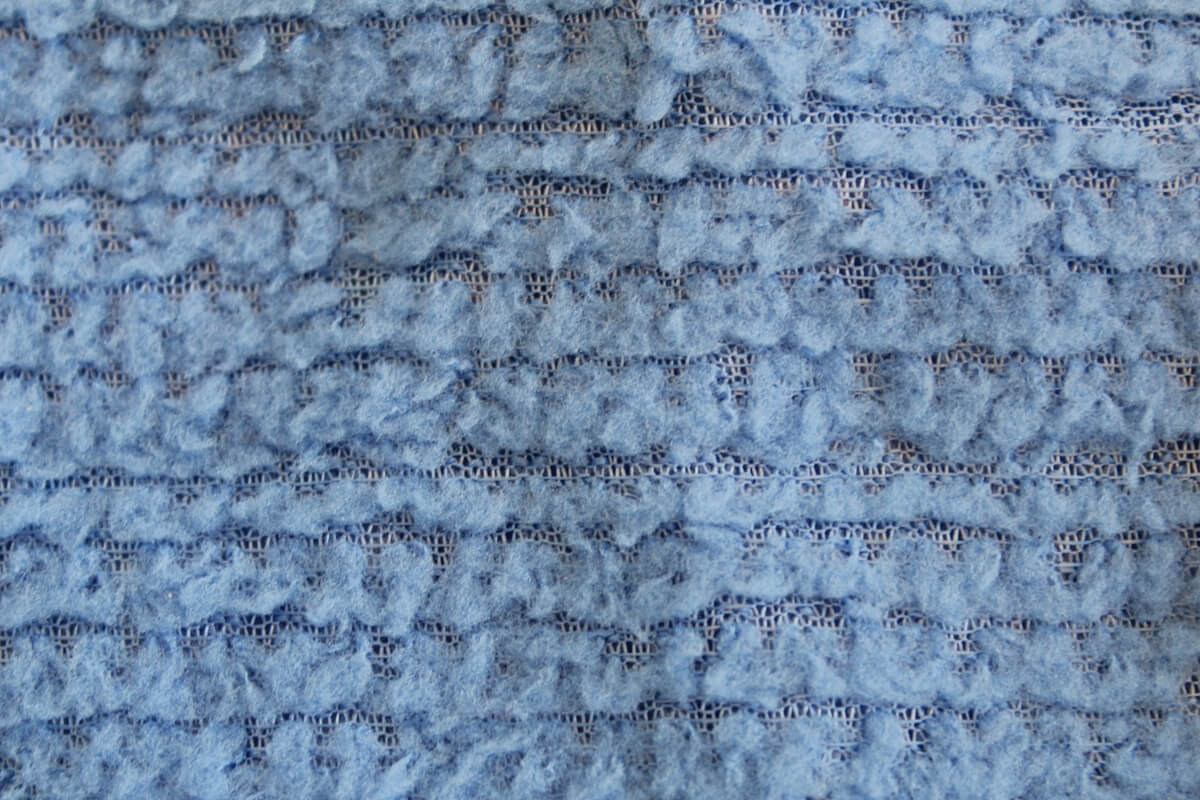
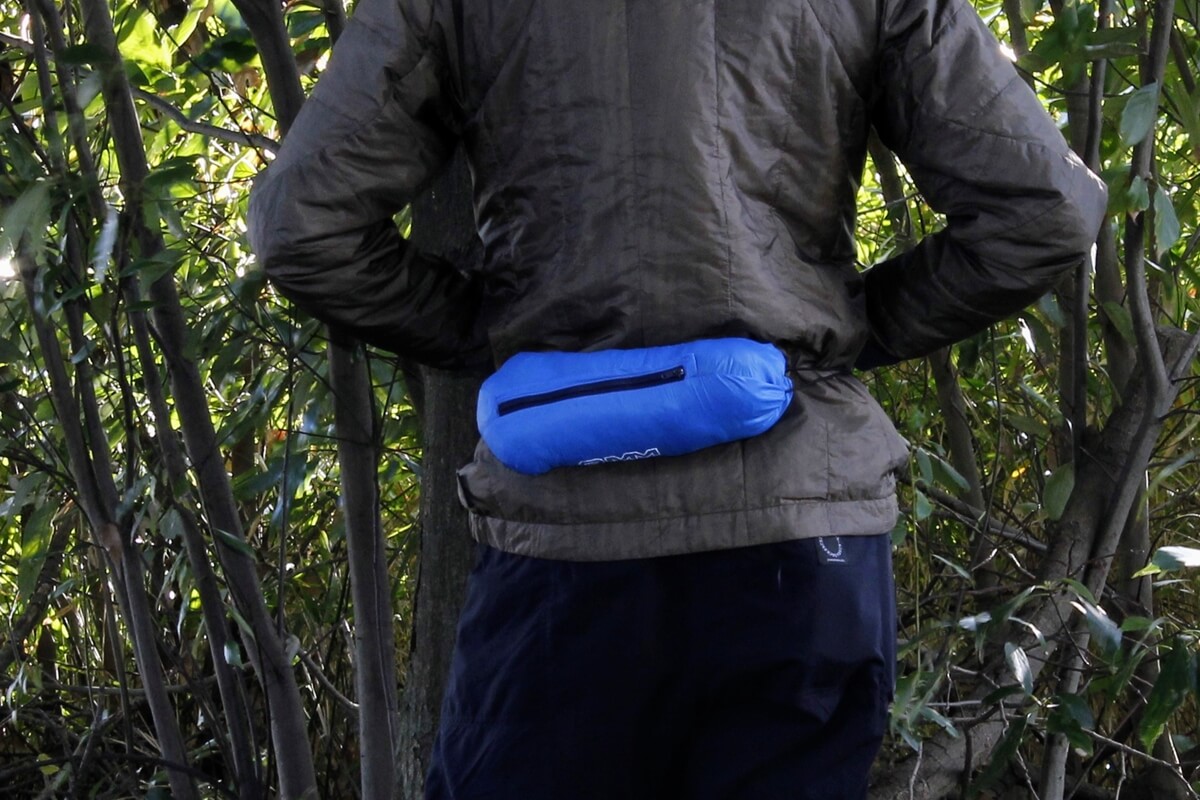

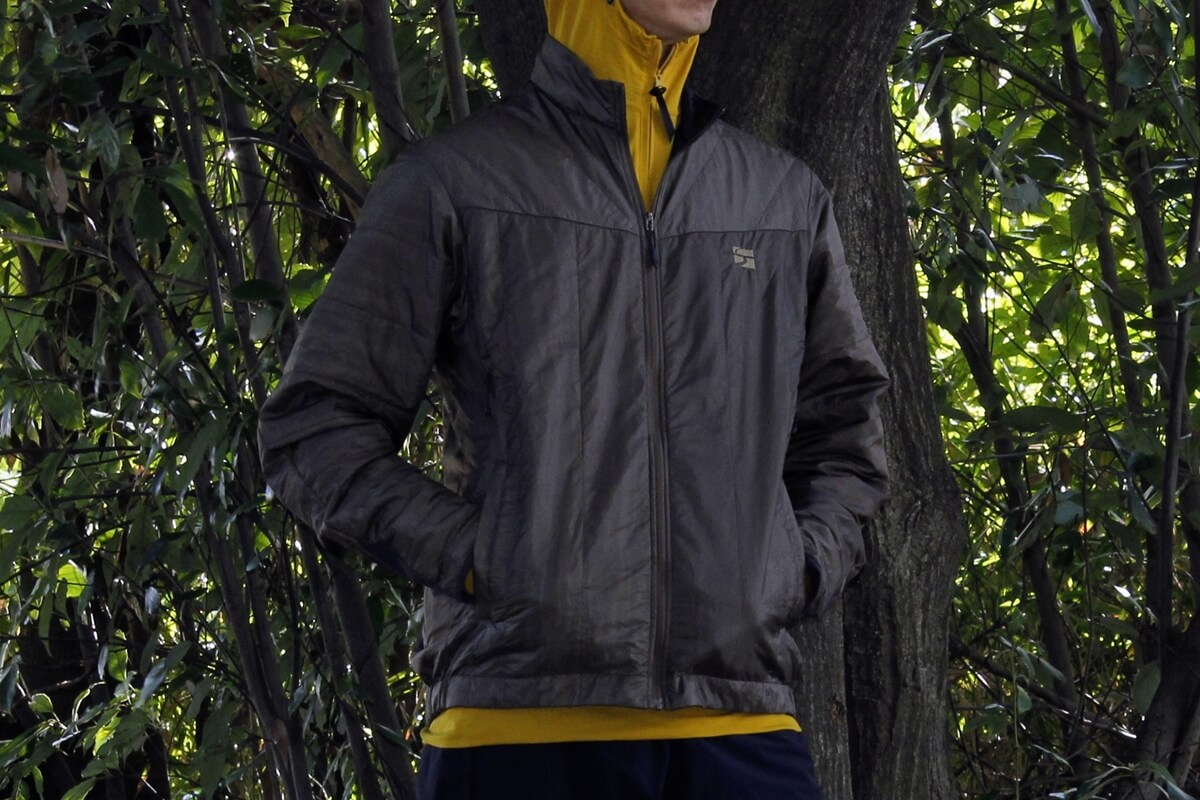
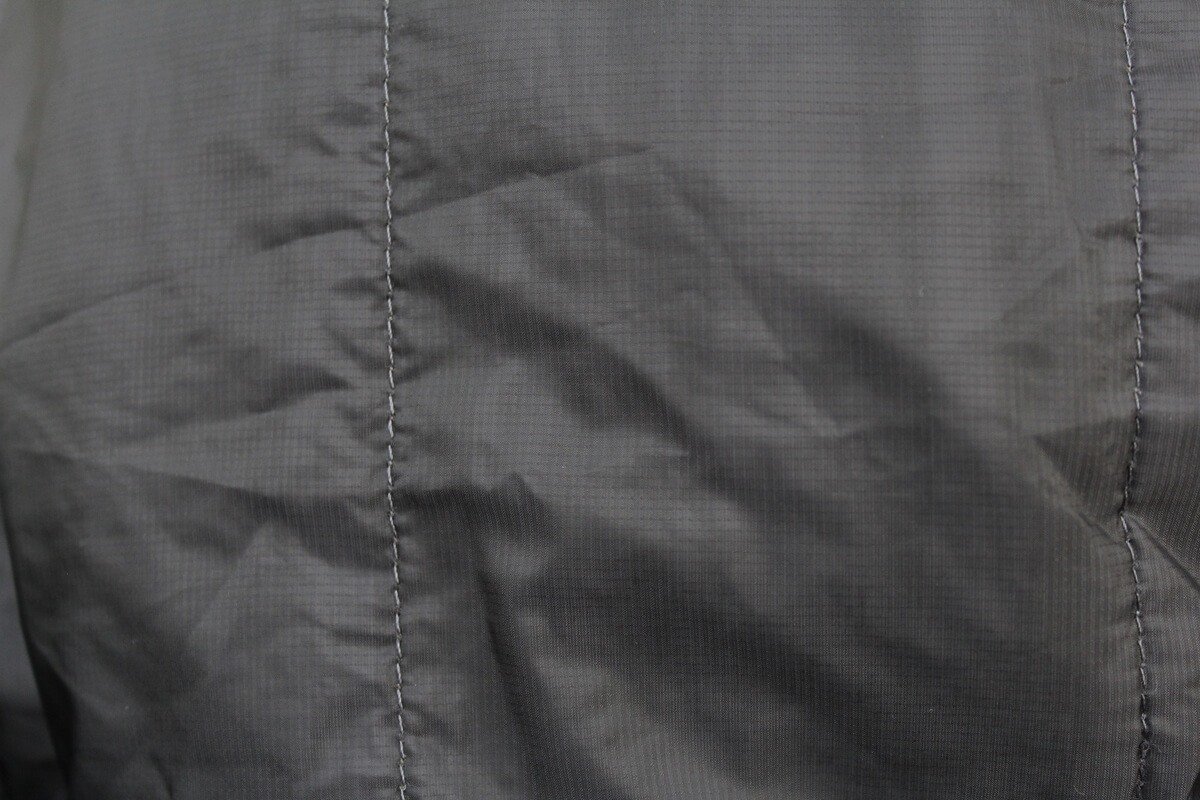


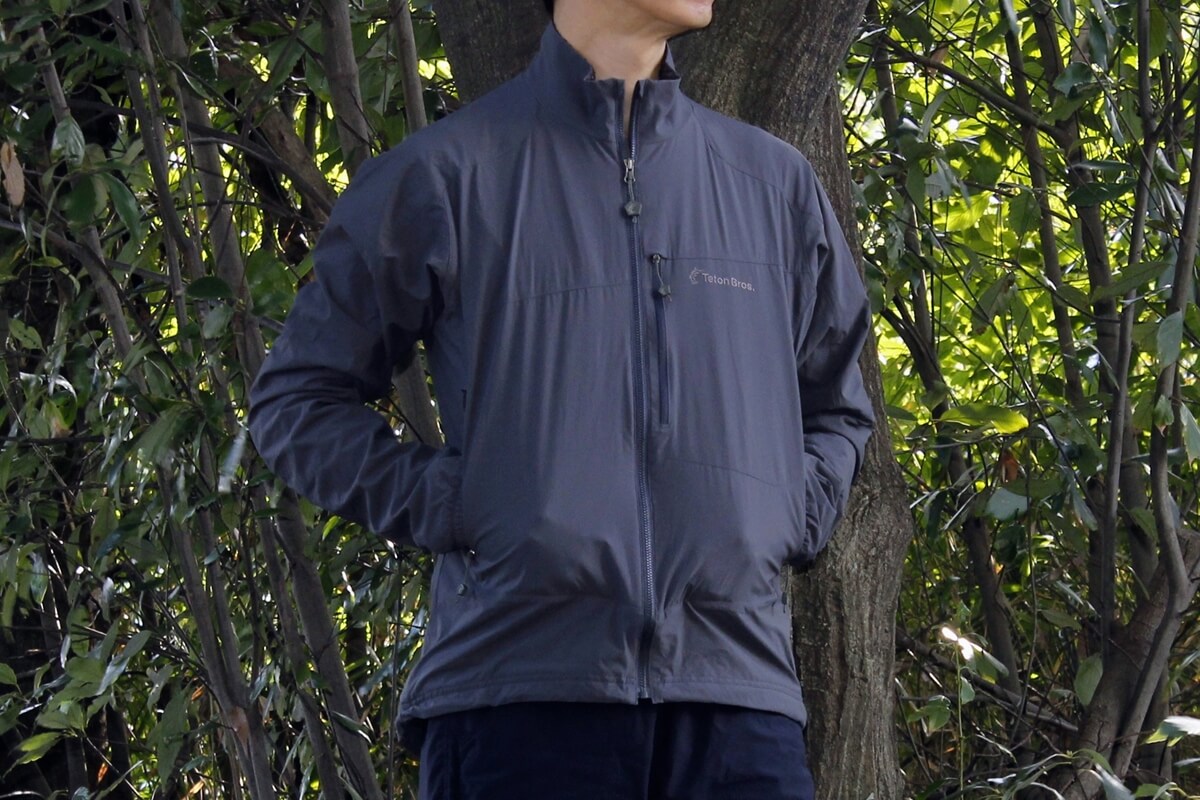
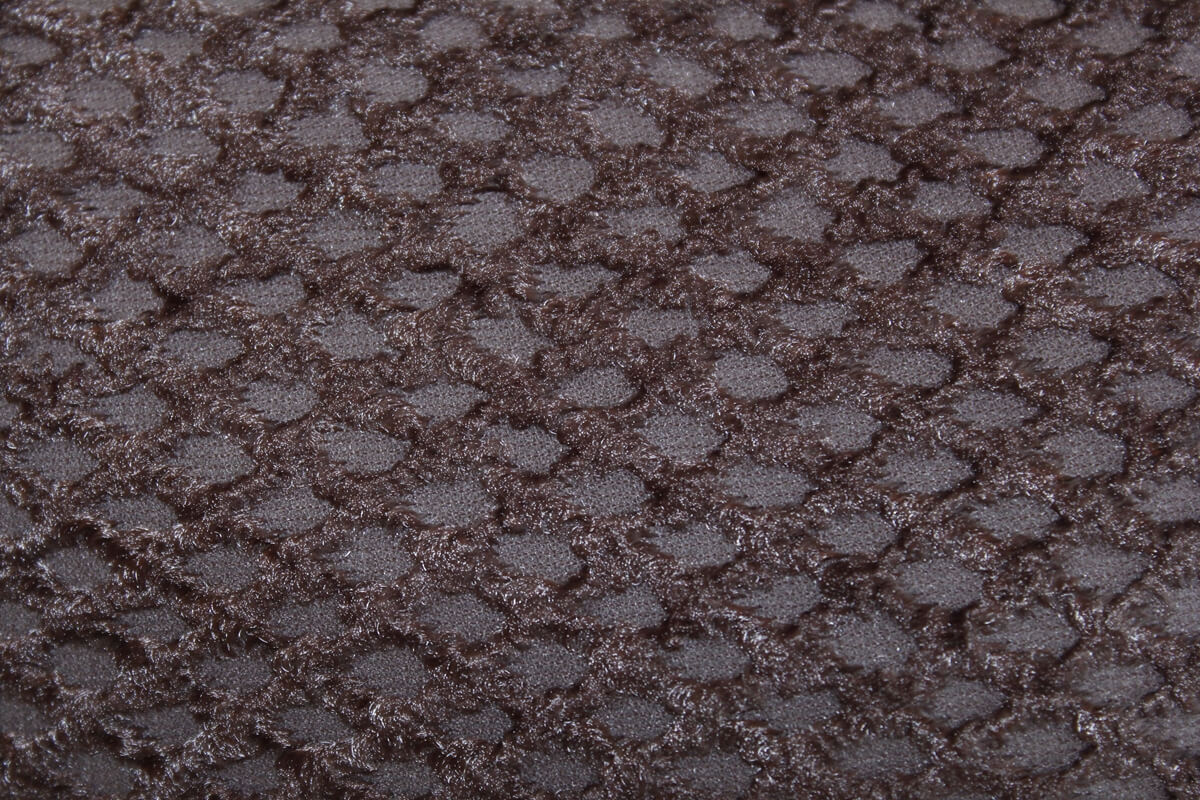
 [A self-paying comparison review without any consideration] It can also be used as a windshell and has two birds with one stone! Field test of 3 carefully selected lightweight rain pants under 200g
[A self-paying comparison review without any consideration] It can also be used as a windshell and has two birds with one stone! Field test of 3 carefully selected lightweight rain pants under 200g [A self-paying comparison review without any consideration] It's light, comfortable, and makes your sweat come off. Practical tests are the top 10 best candidates from the evolving windshell top 10.
[A self-paying comparison review without any consideration] It's light, comfortable, and makes your sweat come off. Practical tests are the top 10 best candidates from the evolving windshell top 10.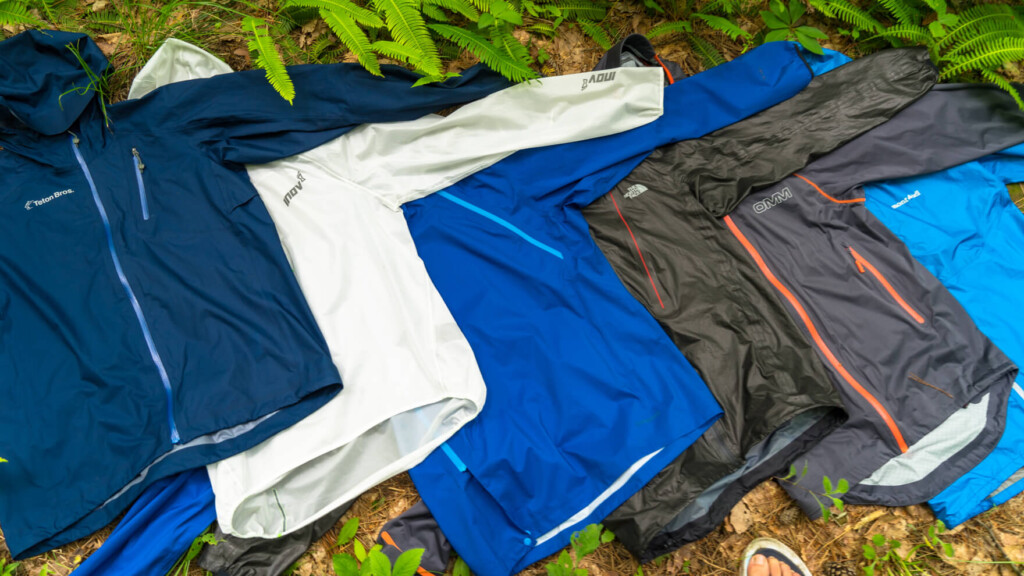 [A self-paying comparison review without any consideration] I like the things that are not just light, but also comfortable and convenient! We compared the lightweight "running" rainwear that's popular this season
[A self-paying comparison review without any consideration] I like the things that are not just light, but also comfortable and convenient! We compared the lightweight "running" rainwear that's popular this season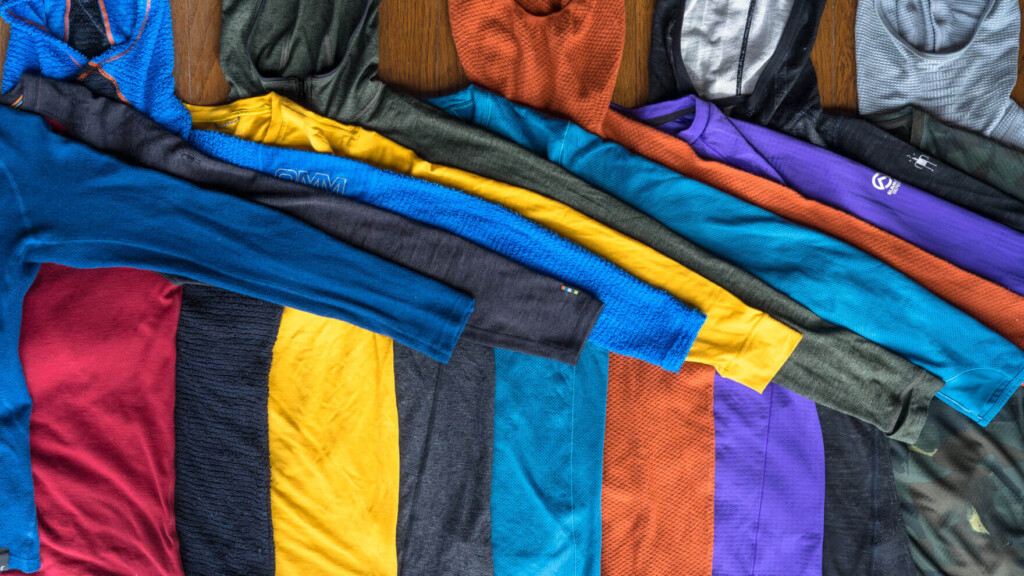 [A self-paying review without consideration] A selection of 40 or more base layers, and by actual comparison of the best buys by scene and purpose.
[A self-paying review without consideration] A selection of 40 or more base layers, and by actual comparison of the best buys by scene and purpose.